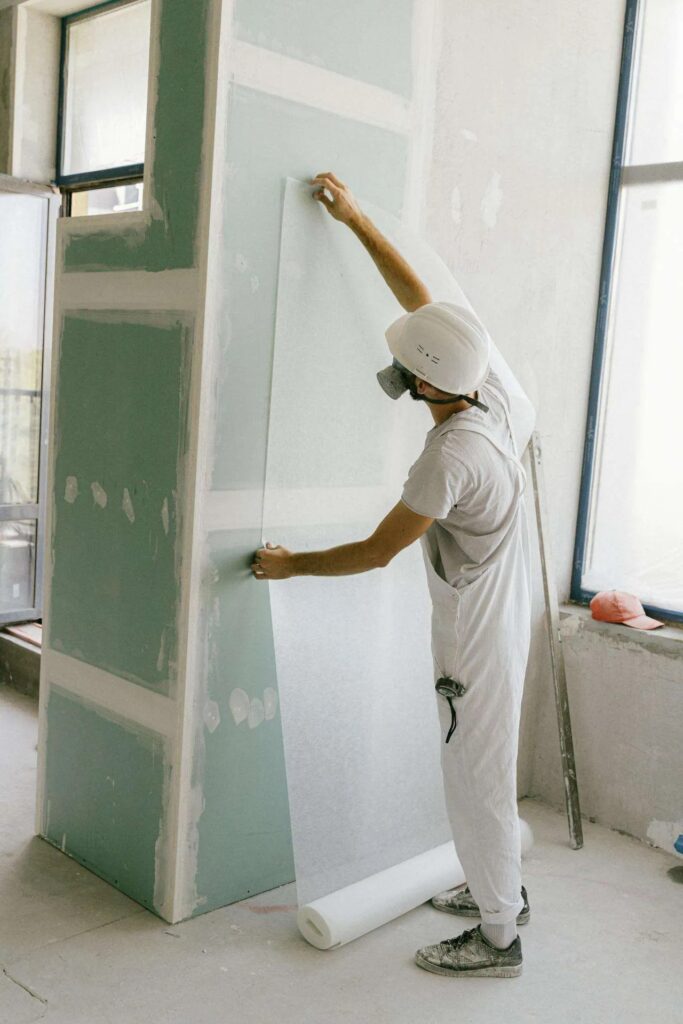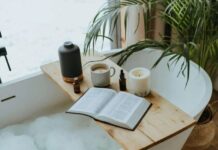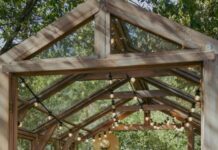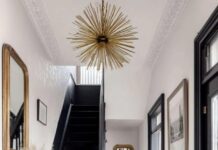Are you considering enhancing your home with moisture-resistant plasterboard? If you’re planning a renovation in moisture-prone areas like your kitchen or bathroom, you’re making a wise choice. Moisture-resistant plasterboard, often referred to as green board, offers durability and protection against dampness, making it an ideal option for these spaces. But what exactly sets it apart from regular plasterboard? And how can it benefit your home? In this article, we’ll explore the features of moisture-resistant plasterboard, its installation tips, and why it should be on your radar for wet areas.
The Advantages of Moisture-Resistant Plasterboard
Moisture-resistant plasterboard comes with several significant benefits that make it a smart investment for your home:
You might be wondering how it compares to standard options. While regular plasterboard may be cheaper, it often leads to more costly repairs down the line, especially in wet environments.
Where to Use Moisture-Resistant Plasterboard
Knowing where to install moisture-resistant plasterboard is crucial. Here are some ideal locations:
Think about the areas in your home that are at risk. You’ll want to prioritize these spots to maintain a healthy environment.
Installation Tips for Moisture-Resistant Plasterboard
Installing moisture-resistant plasterboard doesn’t have to be daunting. Here are some handy tips to ensure a smooth process:
Have you considered the benefits of hiring a professional? While DIY can be rewarding, an expert’s touch can ensure everything is done to code.
Final Thoughts on Moisture-Resistant Plasterboard
In summary, moisture-resistant plasterboard is a practical choice for areas of your home prone to humidity. Its durability and ease of installation make it appealing for both DIY projects and professional renovations. Plus, with proper installation, you can enhance the longevity of your spaces while minimizing future repair costs. Now that you know the benefits and installation tips, are you ready to make the switch?




